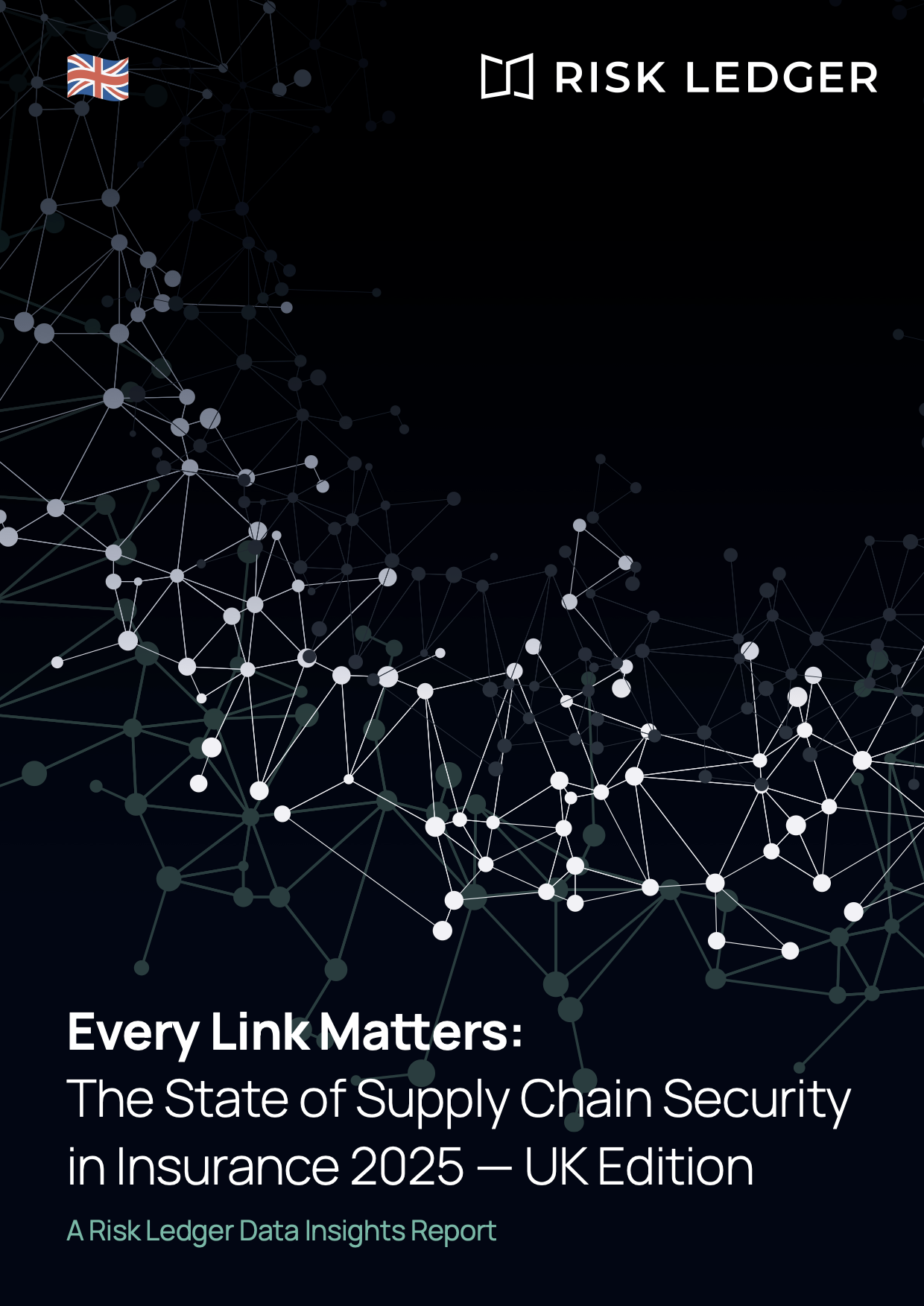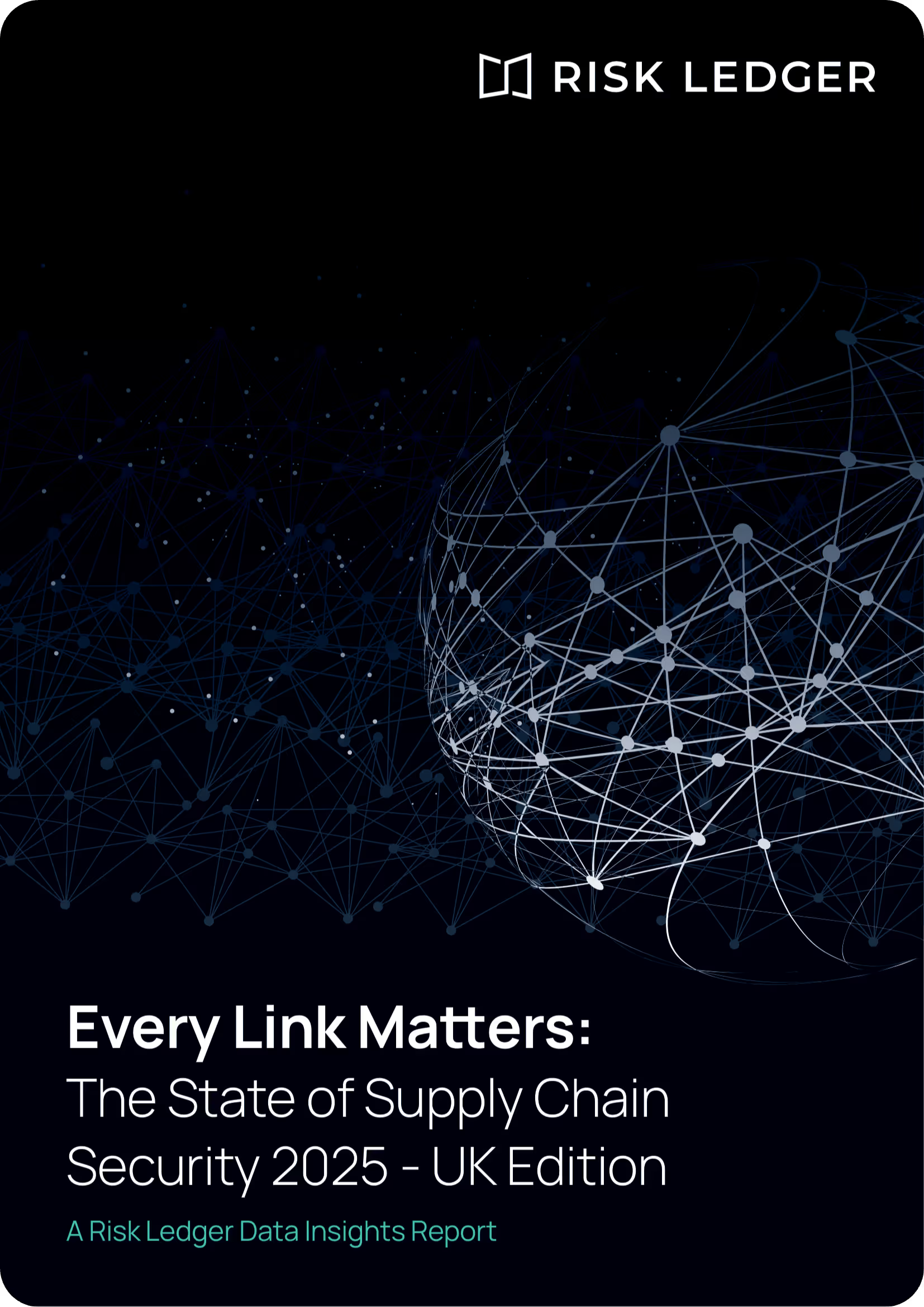
Every Link Matters:
The State of Supply Chain Security in UK Insurance 2025
90% of UK Insurers' security teams experienced at least one incident in their supply chain in the past year, while 10% experienced three or more
The UK insurance sector is a pillar of the national economy. But as the industry races to digitalise, its reliance on a vast ecosystem of third-party vendors and service providers has created an expanding web of vulnerabilities.
With 90% of UK insurance professionals reporting at least one supply chain cyber incident in the past year, and 94% ranking this threat among their top three concerns for 2025, the stakes have never been higher.
Our new report, "Every Link Matters: The State of Supply Chain Security in Insurance 2025 - UK Edition," provides a comprehensive analysis of the risks facing the sector. Based on a dedicated survey of cyber security and risk management professionals, this report is essential reading for anyone serious about safeguarding the future of the industry.
Get a data-backed understanding of the supply chain cyber risk landscape, including the frequency of attacks and the most vulnerable points in the ecosystem.
Discover why legacy third-party risk management (TPRM) frameworks are no longer sufficient to address the scale and complexity of modern threats.
Learn how enhanced collaboration and information sharing can uncover systemic risks that are invisible to single organisations.
What you will learn:
📈 The Rise of Supply Chain Attacks
This section provides an overview of the threat landscape and its impact on the UK insurance sector. You will also learn which parts of the industry's supply chain are perceived as the most vulnerable by your peers.
🔍 Is Third-Party Risk Management Fit for a New Era?
This part scrutinises the effectiveness of traditional TPRM practices, which historically rely on static questionnaires and periodic assessments.
🕸️ Supply Chain Visibility and Concentration Risks
Regulators are increasingly prioritising enhanced supply chain visibility and the identification of systemic risks. This section defines different types of concentration risks and highlights their potential for cascading impacts.
🤝 How Collaboration Can Transform Supply Chain Resilience
This chapter explores how collaboration with industry peers can transform supply chain security. It provides a real-world example of how sharing supply chain intelligence enabled a community of financial services clients to uncover deep dependencies and mitigate systemic risks.





